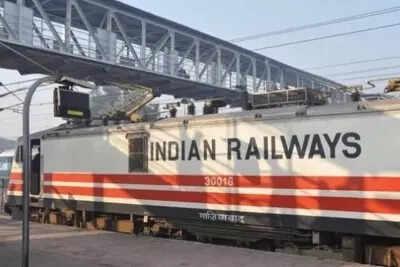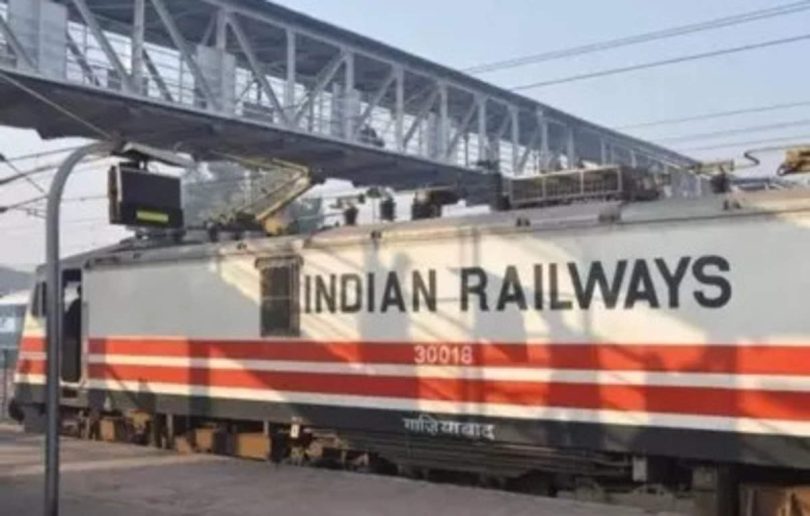[ad_1]

NEW DELHI: There are around 477 manned level crossings (LCs) across the country’s railway network which on an average delay trains by more than an hour per day. An analysis of unscheduled detentions between two stations, termed as mid-section, has also found another 250 stations and station-yards where the aggregate train detention is more than four hours a day.
Trains are run only after a level crossing is blocked (with a gate) to avoid any accident. So, when there is high vehicular traffic, the LCs are kept open longer for easing the pile-up, impacting train movement.
Based on the analysis carried out by using the satellite-based train location tracking data, which says the actual detention may be more, Indian Railways is prioritising the construction of railway over bridges (ROBs), railway under bridges (RUBs) and remodelling of yards. The Railway Board this week reviewed the progress of these works.
Sources said the prioritisation was done using machine learning data analytics with data from satellite train tracking devices using Isro satellites. They added that all railway zones have completed field surveys of the LCs and stations, which are “bottlenecks”. “Around 60-70 % of congested LCs and 90% of station detentions have been identified accurately for better planning,” said an official.
As per the analysis done by the Central Railway Information Systems (CRIS), the stations that witness more detention of trains include Marripalam in Visakhapatnam, Tatanagar, New Alipur in Kolkata, Ghaziabad, Tughlakabad, Tilak Bridge and Shivaji Bridge in Delhi-NCR. In the case of LCs, two such crossings in Tatanagar top the list.
According to the report, the estimated detention of trains at the identified LCs and stations and station-yards may result in loss of more than 4% section capacity in some instances. “This loss in section capacity cannot be overcome by resorting to doubling or automatic signalling. Possible interventions that may improve capacity are — at station/ station-yard by easing interlocking or building ROBs and at LCs by construction of ROBs and RUBs,” it said.
The CRIS has installed Isro satellite-based location-tracking devices on more than 2,700 electric locomotives and the GPS-based tracking devices have been fitted in more than 3,800 diesel locomotives. These devices relay the train position — latitude and longitude — and speed every 30 seconds.
[ad_2]
Source link









